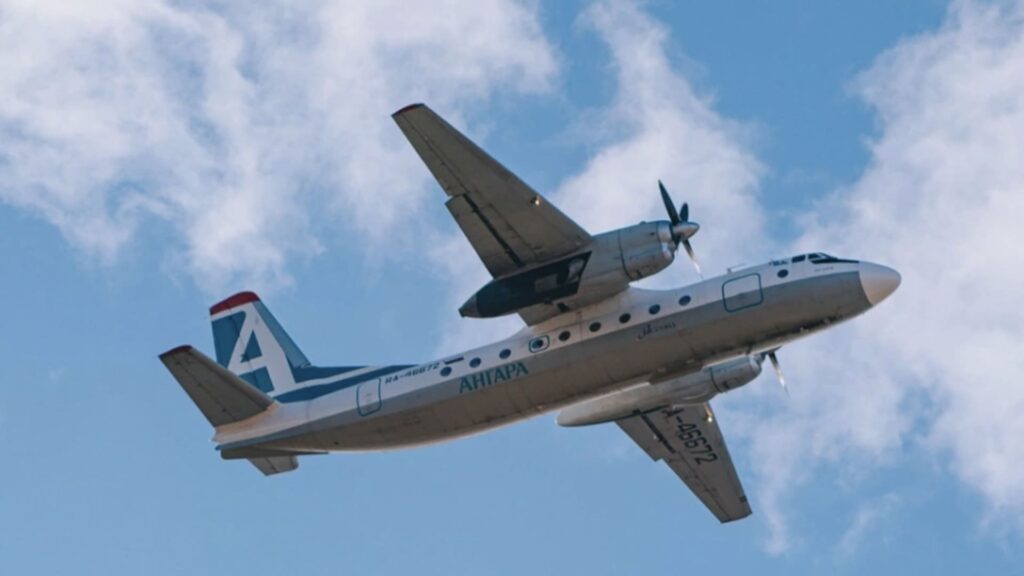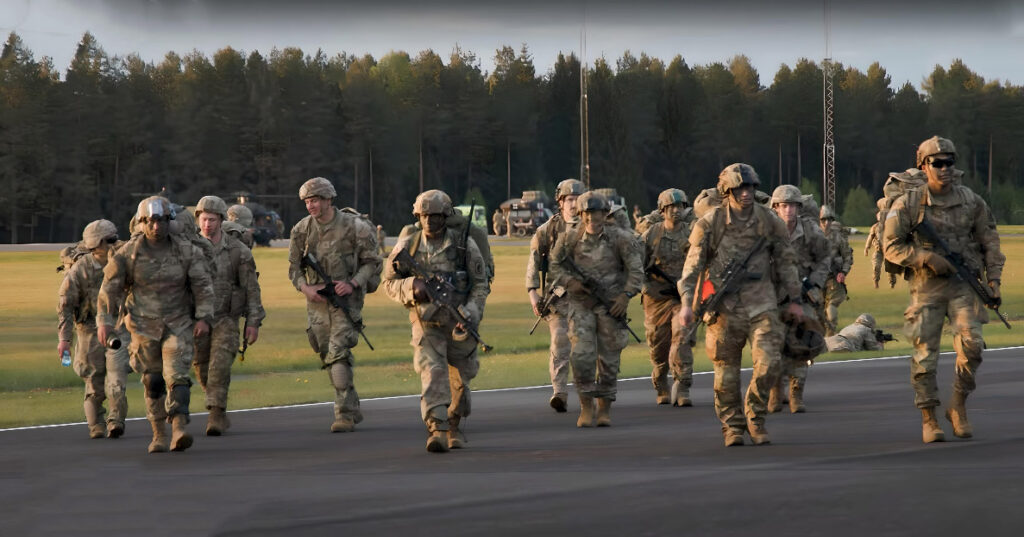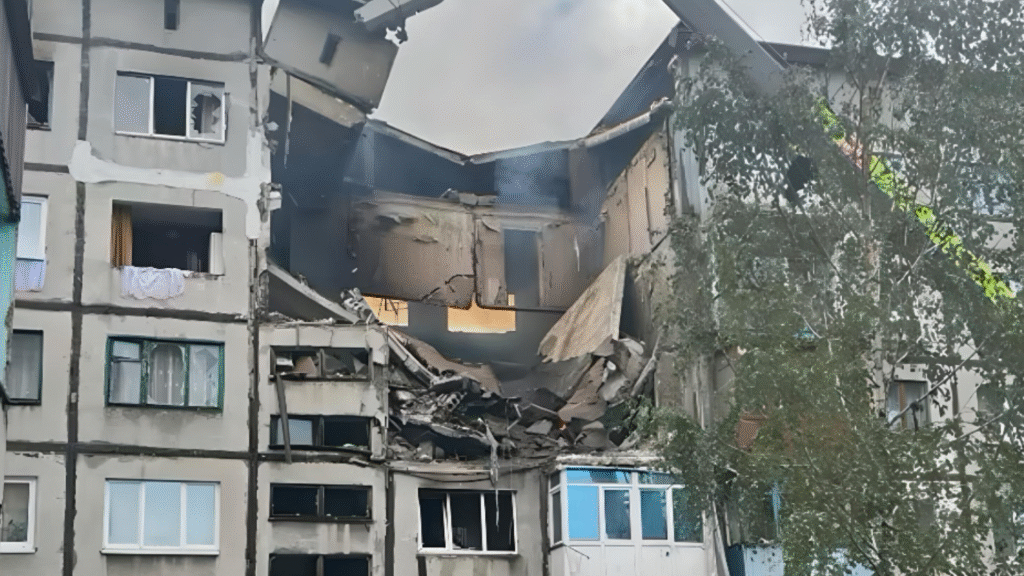In the early morning hours of July 24, heartbreaking news emerged from Russia’s Far East: an An-24 passenger aircraft, operating a regional flight from Khabarovsk to Tynda via Blagoveshchensk, crashed while attempting to land in heavy fog. There were 49 people on board, including five children. According to preliminary reports, there are no survivors.
The flight, operated by Angara Airlines, was considered routine, linking key transport hubs across vast and remote territories. The aircraft took off from Khabarovsk at 7:36 a.m. local time and was flying normally until it approached Tynda for landing. Adverse weather — dense fog and low cloud cover — forced the crew to abort the first landing attempt. Moments later, communication with the aircraft was lost.
A large-scale search and rescue operation was launched immediately. Mi-8 helicopters and ground rescue teams navigated treacherous taiga terrain in hopes of finding survivors. It wasn’t until 3:26 p.m. that wreckage was spotted from the air — approximately 15 kilometers from Tynda Airport, scattered across a 500-meter area in a forested region, indicating a high-impact crash.
The official cause of the accident has not yet been determined. However, investigators are considering several likely scenarios: technical failure, pilot error, and the challenging weather conditions that severely limited visibility and control. Russia’s Investigative Committee has launched a full-scale inquiry, with aviation experts and forensic teams dispatched to the crash site.
Locals have begun placing flowers outside the airport terminal. In smaller Siberian towns, where air travel is often the only viable means of reaching larger cities, hospitals, or universities, the loss is deeply personal. “Tynda is more than just a dot on the map. Every name on that passenger list is someone’s story, someone’s life, cut short,” said one volunteer assisting the recovery effort.
A preliminary report from aviation authorities is expected in the coming days. Experts are also drawing attention to the age of the aircraft: the An-24 series was first produced in the 1960s. While many have undergone upgrades, they remain among the older planes still in regular use.
The crash near Tynda marks one of the deadliest air disasters in recent years for the country’s domestic aviation sector. It raises pressing concerns about the safety of regional air routes, particularly in areas with severe climate conditions and limited airport infrastructure. As investigators comb through the debris and families mourn their loved ones, this tragedy is a sobering reminder of the fragility of life — and how, in aviation, even a single misstep can have devastating consequences.



